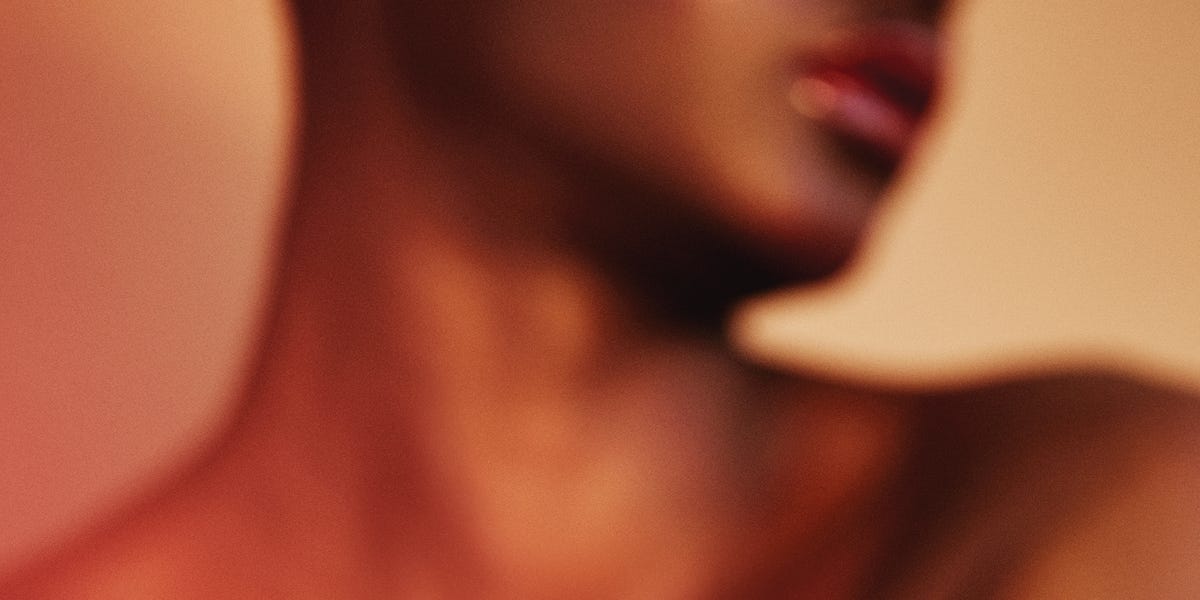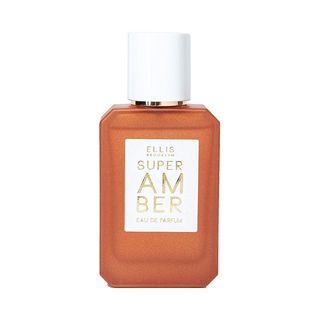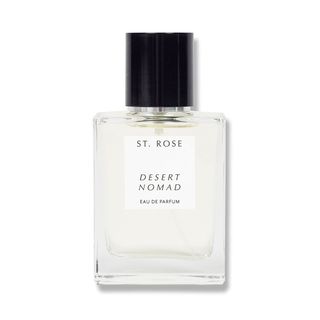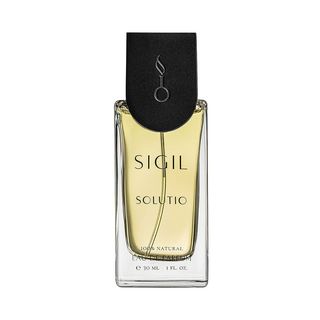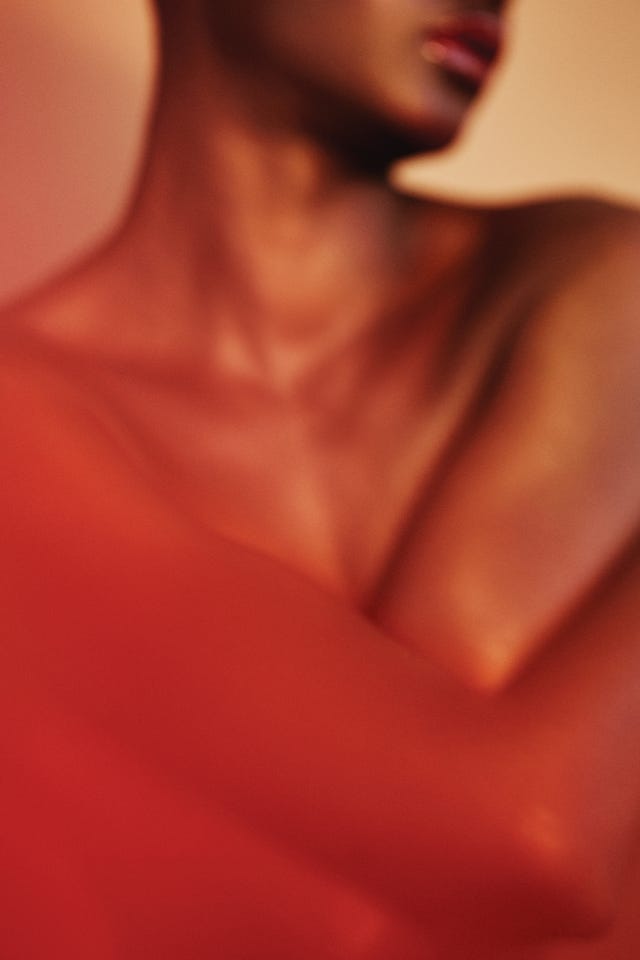
Olivia Malone/ Trunk Archive
As the story goes, Empress Joséphine haunted the halls of her home, Château de Malmaison, long after she’d departed—as a smell, not a specter. Her scent, which Napoleon famously asked her to preserve by not bathing, was reportedly a musky perfume she wore like a diaphanous second skin, and it lingered…and lingered.
The power of musk is one reason it’s been popular for centuries, as it blurs the lines between what’s the bottle and what’s the body and “conveys…intimacy and comfort,” says Kathy Oglesby, chief value creation officer at Sensegen, a sustainable ingredient supplier.
Musk’s history, however, isn’t as soothing as its smell. In its earliest form, musk was made from natural secretions of the male musk deer, says François-Raphaël Balestra, principal perfumer and director of New Ingredients Discovery at Swiss fragrance house Firmenich. The first manufactured musk arrived in the late 19th century—a so-called nitro musk stumbled upon during an explosives experiment. That discovery paved the way for a new category of synthetic scents that would help democratize fragrance.
By the 1990s—when animal musks had long been prohibited in most parts of the world—it became clear that nitro musks raised their own ethical red flags. Studies linked them to phototoxicity and potential endocrine disruption in humans, as well as pollution. As a result, nitro musks have been largely phased out or banned outright. However, a growing body of research suggests their replacements, polycyclic musks, may pose many of the same problems. So, to craft kinder scents, perfumers have searched, yet again, for new ways to manufacture musks. Solutions, it turns out, were right under their noses.
Macrocyclic musks, which are more biodegradable than nitro or polycyclic musks, were first synthesized in the 1920s but were costly to produce. Today, however, due to advancements in synthetic chemistry, they’ve become the go-tos for eco-minded perfumers. Bee Shapiro, founder of the clean fragrance line Ellis Brooklyn, points to ethylene brassylate, the macrocyclic used in Ellis Brooklyn’s Super Amber. Another clean fragrance brand, St. Rose, imbues its creations with a macrocyclic synthetic musk called juniper lactone to lend scents like St. Rose’s Desert Nomad an earthy bounce.
Patrick Kelly, the founder of Sigil scents, skips synthetics altogether. Kelly says his all-natural concoctions rely primarily on musk-evoking plant and flower extracts, like ambrette seed, which delivers “animalic, leathery notes” to the brand’s Solutio scent. However, true botanical musks like ambrette are rare, which doesn’t give perfumers a wide range of options.
Future musks, experts predict, will come primarily from a lab. “When we started [our Taste, Smell and Beauty Division],” Oglesby says, “we asked perfumers, ‘If you could have anything you wanted in a natural, sustainable format, what would it be?’ And musk was their answer.” As a result, her team worked with biotech company Conagen to create a musk, debuting this summer, with “white biotechnology,” a new form of fragrance development that utilizes living cells and organisms to create products with a smaller environmental footprint. “If you want to move toward more sustainability, you have to look at biotech,” says Shapiro, whose new fragrance, Après, includes a biotech sandalwood created by Firmenich. Lastly, P2 Science, a green chemistry company spun out of Yale University, has a few biotech musk options in the works, too, suggesting the note’s allure (as Joséphine knew) will endure.
[Editor’s Note: Since this story was published, Sigil scents has closed. Their products are still available at retailers.]
This article appears in the April 2022 issue of ELLE.
This content is created and maintained by a third party, and imported onto this page to help users provide their email addresses. You may be able to find more information about this and similar content at piano.io
